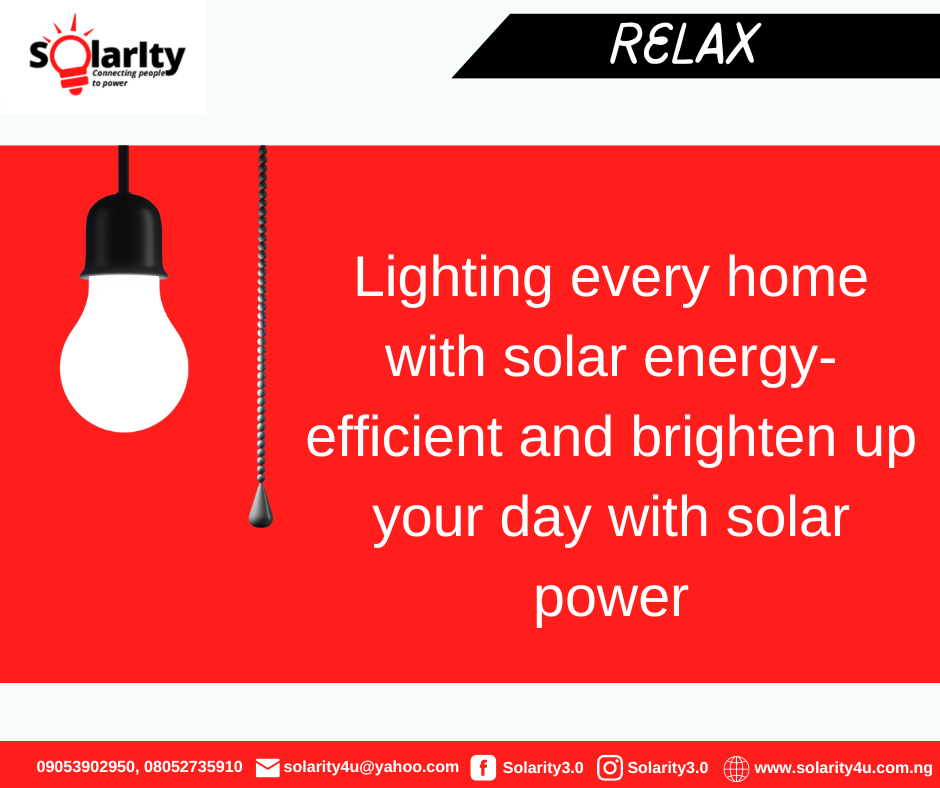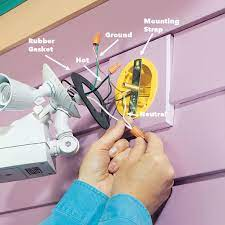In recent years, solar lights have gained popularity as a sustainable and cost-effective lighting solution for both indoor and outdoor spaces. With advancements in technology, installing solar lights has become easier than ever, offering flexibility and convenience. In this blog, we will explore 6 easy and flexible ways to install solar lights, allowing you to embrace renewable energy and brighten up your living spaces effortlessly.

1. Choose the Right Solar Lights
The first step in the installation process is to choose the right solar lights for your needs. Consider the area you want to illuminate and the purpose of the lighting. There are various types of solar lights available, including stake lights, wall-mounted lights, string lights, and motion sensor lights. Select lights that are suitable for your specific application to ensure optimal performance and functionality.
2. Determine the Ideal Location
Identify the ideal location for installing the solar lights. For outdoor lighting, consider areas that receive ample sunlight throughout the day, such as pathways, patios, or gardens. Ensure that there are no obstructions, such as trees or buildings, casting shadows on the solar panels. Indoor solar lights can be placed near windows or in well-lit areas to capture sunlight effectively.

3. Check for Proper Sunlight Exposure
Before installation, it is crucial to assess the sunlight exposure in the chosen location. Solar lights require direct sunlight to charge efficiently. Check the area at different times of the day to ensure it receives sufficient sunlight. Avoid installing lights in shaded areas or places prone to obstructions that may limit sunlight exposure.

4. Install with Ease
One of the greatest advantages of solar lights is their easy installation process. Most solar lights come with built-in stakes or brackets for mounting. For stake lights, simply insert them into the ground, making sure they are secure and stable. Wall-mounted lights require attaching the bracket to the desired surface and securing the light onto it. Follow the manufacturer’s instructions for a smooth and trouble-free installation.

5. Adjust and Customize
Solar lights offer flexibility in terms of adjustment and customization. Many lights come with adjustable angles or pivoting heads, allowing you to direct the light exactly where you need it. Take advantage of these features to achieve the desired lighting effect. Additionally, consider customizing the brightness or color settings, if available, to create the perfect ambiance for your space.
6. Maintain and Monitor
To ensure optimal performance, regular maintenance and monitoring are necessary. Clean the solar panels periodically to remove dust, debris, or any buildup that may hinder sunlight absorption. Check the batteries and replace them if needed. Keep an eye on the lights during extreme weather conditions and adjust their positioning if required. Regular maintenance will maximize the lifespan and efficiency of your solar lights.
Conclusion:
Installing solar lights has never been easier or more flexible. By selecting the right lights, identifying suitable locations, and ensuring proper sunlight exposure, you can effortlessly brighten up your living spaces while embracing renewable energy. The easy installation process, along with the ability to customize and adjust, makes solar lights a convenient and sustainable lighting solution for both indoor and outdoor areas. Upgrade your lighting with solar power and enjoy the benefits of energy efficiency and eco-friendliness in a hassle-free manner.

What is an inverter—solarity?
An inverter is an electronic device that converts direct current (DC) electricity into alternating current (AC) electricity. Inverters are commonly used in various applications, including renewable energy systems, uninterruptible power supplies (UPS), electric vehicles, and portable electronics. Let me explain further: DC Power: Direct current (DC) is the type of
How do solar lights compare in cost to traditional electric outdoor lighting?
solar lights may have a higher initial cost compared to traditional electric outdoor lighting, they offer several advantages in terms of lower operating costs, energy efficiency, and ease of installation. Initial Cost: Solar lights typically have a higher initial cost compared to traditional electric lights. This is because solar lights
What should I look for when selecting solar lights for my home?
When selecting solar lights for your home, there are some factors to consider that will help you make a better decision and save you a lot of money, especially with the current increase in fuel prices and power bills. Brightness: Determine the level of brightness you need for the intended
What should I look for when selecting solar lights for my home?
How long do solar lights typically last?
The lifespan of solar lights can vary depending on several factors, including the quality of the components, maintenance practices, and environmental conditions. However, on average, well-maintained solar lights can last anywhere from 2 to 5 years or more. Here are some factors that influence the lifespan of solar lights: Quality

